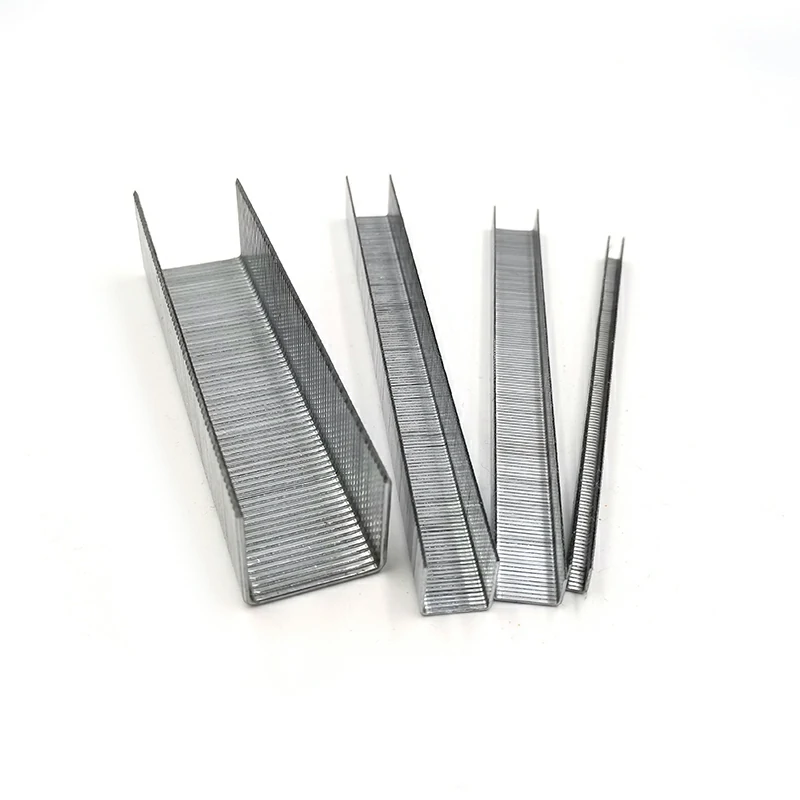The shelf life of staples, including 20 gauge staples, is generally not a critical factor to consider as long as they are stored under proper conditions. Staples, being simple metal fasteners, do not typically degrade over time if stored appropriately.
However, it’s essential to follow best practices for storage to maintain the integrity of the staples:
- Dry Environment:
- Store staples in a dry environment to prevent rust or corrosion. Moisture can lead to deterioration of the metal over time.
- Cool Temperature:
- Avoid exposing staples to extreme temperatures. A cool and stable environment is ideal for maintaining the quality of the staples.
- Proper Packaging:
- Keep staples in their original packaging or in airtight containers to protect them from dust, dirt, and other contaminants.
- Avoid Direct Sunlight:
- Staples should be stored away from direct sunlight, as prolonged exposure to sunlight can potentially affect the material over an extended period.
- Regular Inspection:
- Periodically inspect stored staples for any signs of damage, rust, or deformities. If any issues are detected, consider replacing the staples.
- Follow Manufacturer’s Guidelines:
- Adhere to any specific storage recommendations provided by the manufacturer. 20 gauge staples Different staple materials and coatings may have specific storage requirements.
While staples, in general, do not have a defined expiration date, it’s crucial to consider the conditions in which they are stored. Staples that are properly stored can be used effectively even after an extended period.
If you are using specialty staples with coatings or finishes, such as galvanized or stainless steel staples, the protective coating plays a role in preventing corrosion. In such cases, following storage guidelines becomes even more important to ensure the longevity of the coating.
Always refer to the manufacturer’s recommendations for the specific type of staples you are using. If staples show any signs of damage, corrosion, or deformation, it’s advisable to replace them to maintain the quality and reliability of the fastening process.
